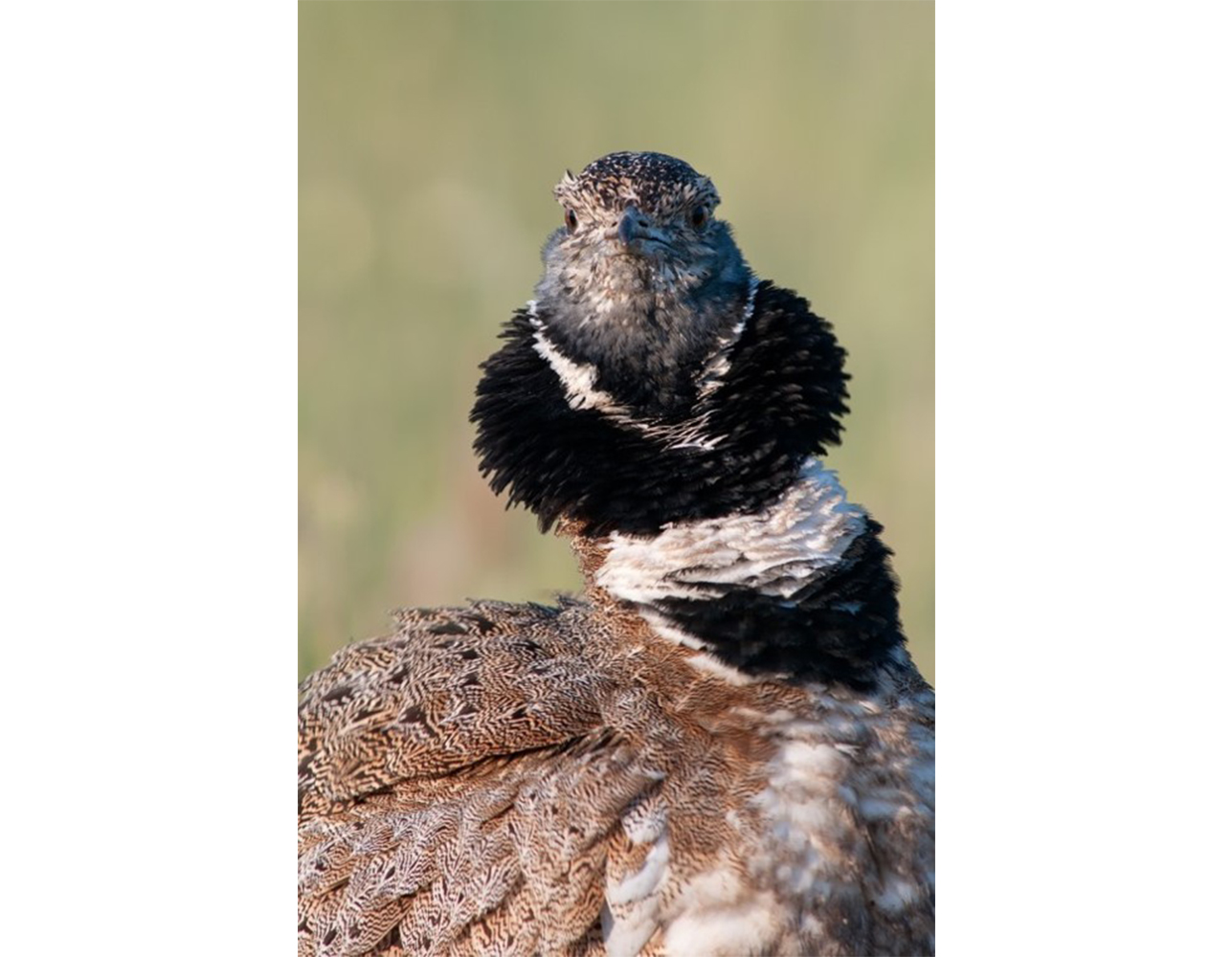This monography provides a bibliographic review of its biology and systematises and analyses in detail all the information gathered since 2009 based on the remote monitoring of the little bustard tagged with GPS, most of which part of a long-term collaboration with Junta de Extremadura since 2014. Main research results attained:
- Exhaustive literature review on Little Bustard biology
- Characterization of Little Bustard phenology, population estimate and distribution, trends, movements, range, breeding parameters, etc
- Identification of main threats related to negative population shifts
- Survival, predation and non-natural mortality
- Impacts of climate change on the behaviour and breeding phenology of the species
- Main threats and conservation actions needed
